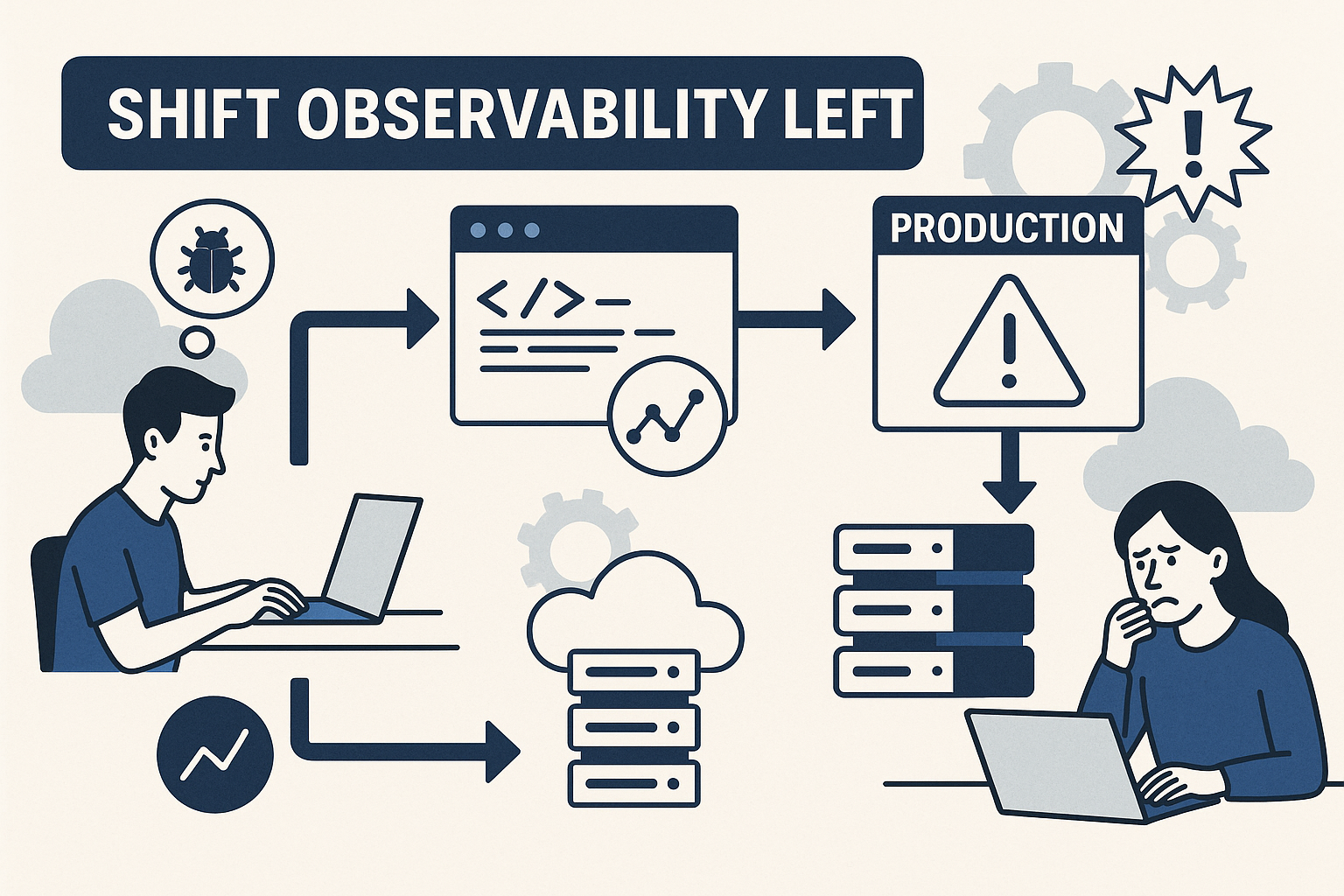Let’s start here
You ship two versions of your software. The code barely changed. But one runs smooth, the other stutters. Why? The answer’s buried in the binary.
Binary analysis doesn’t care what your code looked like. It watches what your software does once it’s built. That’s where the real story starts.
What Binary Analysis Really Means
You take the compiled output of your software – the part machines actually run on – and study it closely. Not through the lens of code, but as behavior.
Like two paintings that look the same from afar, but under strong light, one shows brushstrokes, cracks, and color shifts. Same with binaries. They carry subtle changes that source reviews won’t catch.
Those differences can affect performance. Or security. Or stability. Or all three.
Why This Matters Now
Three reasons:
- Software stacks are layered. Microservices, containers, and fast-moving CI/CD pipelines increase the chance something breaks after the build.
- Threats evolve. Malicious code can be injected after the source is locked down.
- Bugs cost money. A regression in one build can knock out an SLA, trigger a refund, or send a customer packing.
Post-build issues aren’t rare. They’re the norm.
What’s Changing in the Tools
New technologies are making binary analysis usable by teams, not just specialists:
- AI spots risky changes that used to require days of manual work.
- Binary diff now runs in the CI/CD process, not after-the-fact.
- Tools work with cloud builds, container builds, edge builds—you name it.
How LOCI Shifts the Game
LOCI doesn’t stop at showing the diff. It tells you what it means. That’s a big shift.
- Its engine (called LCLM) was trained on millions of real-world binaries.
- It knows what thermal inefficiency looks like in a compiled file.
- It flags regressions without needing the code that produced them.
- It works across environments; cloud, edge, embedded – no adjustments needed.
What That Looks Like in Practice
One Tier-1 automaker had a problem: their EPS (Electric Power Steering) test cycles took 6 days. Too slow.
They added LOCI.
- Test time dropped to 3.4 days.
- Bugs showed up earlier.
- Coverage went up.
The difference came from seeing what changed after compilation—not just what was written.
What Makes Adoption Hard
This isn’t all smooth.
- Binary telemetry is dense. Most engineers aren’t trained for it.
- Hiring experts is tough.
- Security policies make binary-level scanning tricky in some industries.
But LOCI tackles these:
- Its interface isn’t made for reverse engineers. it’s made for teams.
- Its insights are tied to symbols, functions, performance metrics – not just opcodes.
- It handles binaries securely, built for regulated sectors.
Where This Is Headed
- Soon, tools won’t just point out a problem. They’ll fix it automatically.
- Binary diff will become part of your SBOM and security policy.
- Teams will build energy-aware software from the binary level up, not just to meet green goals – but because it saves money.
Final Word
Your users don’t run code. They run builds.
Binaries. That’s where things break, or shine. Tools like LOCI let you see that layer clearly. And once you do, you won’t want to go back. Binary diff isn’t extra. It’s your safety net. And these days, you need it.





